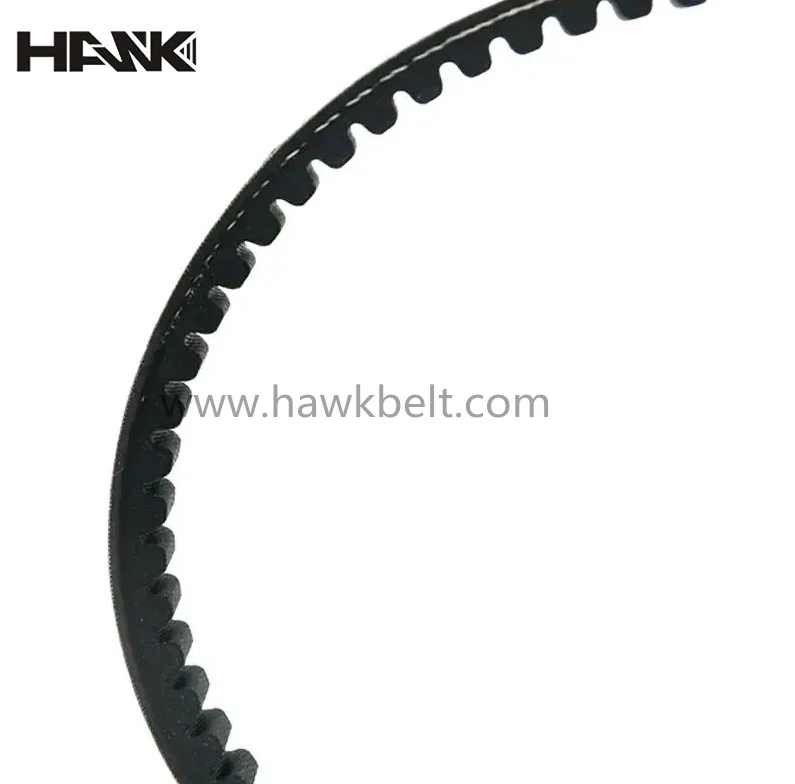- Arabic
- French
- Russian
- Spanish
- Portuguese
- Turkish
- Armenian
- English
- Albanian
- Amharic
- Azerbaijani
- Basque
- Belarusian
- Bengali
- Bosnian
- Bulgarian
- Catalan
- Cebuano
- Corsican
- Croatian
- Czech
- Danish
- Dutch
- Afrikaans
- Esperanto
- Estonian
- Finnish
- Frisian
- Galician
- Georgian
- German
- Greek
- Gujarati
- Haitian Creole
- hausa
- hawaiian
- Hebrew
- Hindi
- Miao
- Hungarian
- Icelandic
- igbo
- Indonesian
- irish
- Italian
- Japanese
- Javanese
- Kannada
- kazakh
- Khmer
- Rwandese
- Korean
- Kurdish
- Kyrgyz
- Lao
- Latin
- Latvian
- Lithuanian
- Luxembourgish
- Macedonian
- Malgashi
- Malay
- Malayalam
- Maltese
- Maori
- Marathi
- Mongolian
- Myanmar
- Nepali
- Norwegian
- Norwegian
- Occitan
- Pashto
- Persian
- Polish
- Punjabi
- Romanian
- Samoan
- Scottish Gaelic
- Serbian
- Sesotho
- Shona
- Sindhi
- Sinhala
- Slovak
- Slovenian
- Somali
- Sundanese
- Swahili
- Swedish
- Tagalog
- Tajik
- Tamil
- Tatar
- Telugu
- Thai
- Turkmen
- Ukrainian
- Urdu
- Uighur
- Uzbek
- Vietnamese
- Welsh
- Bantu
- Yiddish
- Yoruba
- Zulu
நவ் . 25, 2024 07:25 Back to list
replacing v belt
Replacing V-Belts A Comprehensive Guide
V-belts are a crucial component in many machines, from household appliances to industrial equipment. Their primary function is to transmit power from one component to another, typically from the engine to various accessories like alternators, water pumps, and air conditioning units. However, like all mechanical parts, V-belts have a limited lifespan and can wear out over time. Knowing how to replace them is essential for maintaining the efficiency and longevity of your machinery. In this article, we will go over the reasons for replacing V-belts, how to identify symptoms of wear, and the steps to take for a successful replacement.
Why Replace V-Belts?
V-belts can become worn out due to several factors, such as age, tension, and environmental conditions. They can suffer from fraying, cracking, or become glazed over. When a V-belt fails, it can lead to poor performance in the machine it supports, ultimately costing you time and money in repairs or downtime. Additionally, a worn belt may slip off or break, risking damage to the components it drives.
Regular checks and timely replacements of V-belts can prevent these issues and ensure that your equipment runs smoothly. This maintenance practice can save you from unexpected breakdowns and prolong the life of your machinery.
Identifying Symptoms of Wear
There are several signs that indicate it may be time to replace your V-belt
1. Visual Inspection Regularly inspect the belt for cracks, fraying, or signs of glazing. A belt that looks shiny may be experiencing slippage.
2. Squeaking or Squealing Sounds If you hear unusual noises coming from your machinery, this could indicate that the belt is slipping or not gripping the pulley properly.
3. Loss of Power If the driven components (such as an alternator) are not performing as well as they should, this could be a sign of a worn-out V-belt.
4. Noticeable Wear When you touch the belt, it should feel smooth. If it feels rough or has noticeable wear, replacement should be considered.
5. Age Even if a belt looks fine, it's good practice to replace V-belts after a predetermined period, commonly every 1-3 years, based on usage and manufacturer recommendations.
Steps to Replace a V-Belt
replacing v belt

Replacing a V-belt is a straightforward process, but it must be done carefully to ensure proper installation. Here are the steps to guide you through the process
1. Gather Tools and Parts You will need a replacement V-belt, a wrench set, and possibly a screwdriver. Ensure that the new belt matches the specifications of the old one.
2. Turn Off Power Always disconnect power sources before working on machinery to avoid accidents.
3. Access the V-Belt Remove any covers or guards that obstruct access to the V-belt. Make note of how the belt is routed around the pulleys.
4. Loosen Tension Most V-belt systems have a tensioner. Use the appropriate tool to loosen the tension, making it easier to remove the old belt.
5. Remove Old Belt Carefully slide the old belt off the pulleys. Take care to remember the routing for installation of the new belt.
6. Install the New Belt Place the new belt around the pulleys following the same routing as the old one. Ensure it fits snugly in the grooves but is not overly tight.
7. Reapply Tension Adjust the tension using the tensioner back to its normal setting.
8. Check Alignment Make sure the belt is properly aligned with the pulleys. Misalignment can lead to premature wear.
9. Test the System Once everything is reassembled and secured, reconnect the power and start the machine to observe if it runs smoothly.
Conclusion
Replacing V-belts is an essential maintenance task that can dramatically impact the performance and reliability of your machinery. Regular inspection, early identification of wear symptoms, and timely replacements can prevent costly repairs and downtime. By following the steps outlined above, you can ensure that your equipment remains in good working condition for years to come. Remember, when in doubt, always consult your equipment's manual, or seek assistance from a professional.
-
Korean Auto Parts Timing Belt 24312-37500 For Hyundai/Kia
NewsMar.07,2025
-
7PK2300 90916-T2024 RIBBED BELT POLY V BELT PK BELT
NewsMar.07,2025
-
Chinese Auto Belt Factory 310-2M-22 For BMW/Mercedes-Benz
NewsMar.07,2025
-
Chinese Auto Belt Factory 310-2M-22 For BMW/Mercedes-Benz
NewsMar.07,2025
-
90916-02660 PK Belt 6PK1680 For Toyota
NewsMar.07,2025
-
drive belt serpentine belt
NewsMar.07,2025

